1. Faux Built-In Bookcases
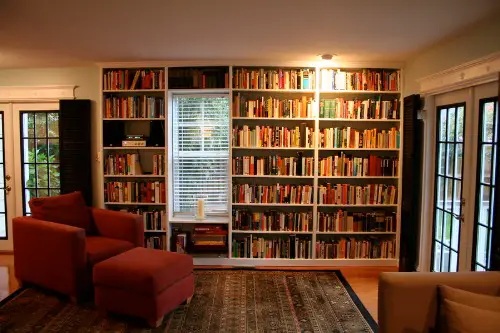
Built-ins scream custom luxury, but you can fake the look with pre-fab bookshelves and a little elbow grease. Line up a few IKEA Billy bookcases, add some trim at the top and bottom, and paint everything the same color as the wall. Suddenly, they look like they were made just for the space. It’s a budget-friendly hack that’s been around for years—and it still holds up.
The key to making it look seamless is all in the finishing touches. Caulking the gaps and using crown molding or baseboards creates that flush, built-in effect. Interior designers often use this trick in staged homes to suggest craftsmanship without the price tag. And if you ever move, you can take them with you—unlike real built-ins.
2. Paint That Mimics Architectural Detail
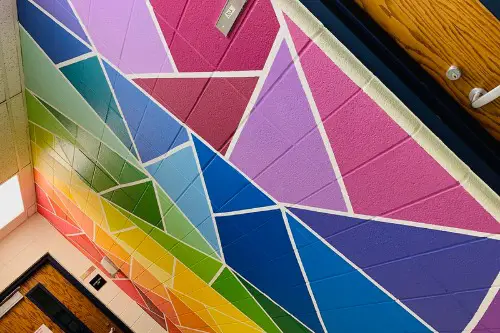
Molding and paneling look amazing, but real millwork costs a pretty penny. A clever paint job, though, can fake the look for a fraction of the cost. Use painter’s tape to create geometric or rectangular shapes, then paint inside with a slightly contrasting color. The result hints at raised panels or wainscoting—without touching a saw.
This works best in dining rooms, hallways, or entryways where you want a bit of visual structure. It’s a trick used by DIY pros who understand how light and shadow play with color. If you use a satin finish inside the “panels” and matte around it, the illusion deepens. From a few feet away, guests will assume it’s real.
3. “Custom” Kitchen Islands from Repurposed Furniture
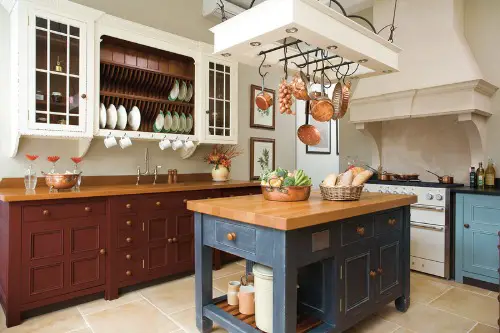
Custom kitchen islands cost thousands—but you can get the same unique vibe by repurposing an old dresser or console table. Add a butcher block top and maybe some caster wheels, and it instantly looks like it was made for the room. Paint it to match or contrast with your cabinets, depending on the look you want. A simple overhang on one side can even add seating space.
This approach is popular in farmhouse and eclectic kitchens, where personality matters more than perfection. The charm comes from the piece not looking mass-produced. Some people even cut out drawers and add shelving for open storage. It’s form, function, and illusion all in one.
4. High-End Window Treatments (That Aren’t)
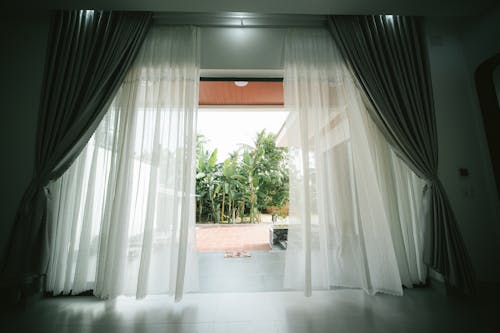
Floor-to-ceiling drapes give a space a luxurious, custom-tailored look, but they don’t have to be expensive. The illusion comes from mounting curtain rods higher than the window frame—sometimes even close to the ceiling. Then use long, inexpensive panels (like from Target or Amazon) to create that dramatic vertical line. Your windows instantly look bigger and the room feels taller.
You can also double up on sheer and opaque panels for added depth. That layered effect looks like something a designer carefully curated, but you can do it yourself in an afternoon. Iron or steam the panels to avoid giving away the budget origins. Nobody needs to know those $30 curtains are pulling designer weight.
5. Stick-On Backsplashes That Fool the Eye
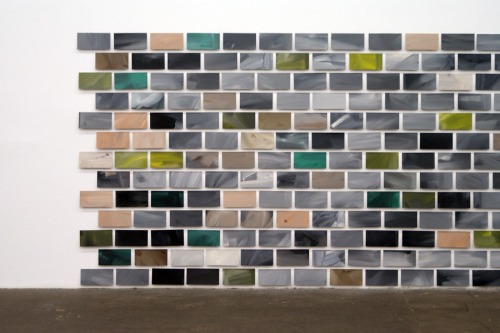
Real tile backsplashes involve grout, mess, and often a professional installer. But peel-and-stick tiles have come a long way and can convincingly mimic ceramic, glass, or stone. They’re especially effective in small areas like behind a stove or above a bathroom vanity. From eye level, they can easily pass for the real thing.
Some brands even have raised textures and beveled edges to sell the illusion. As long as you apply them carefully and use a sharp utility knife for clean edges, they’ll hold up well. They’re also renter-friendly and easy to swap out later. It’s one of those upgrades that delivers a big visual impact without a renovation.
6. Interior Doors That Look Expensive (But Aren’t)
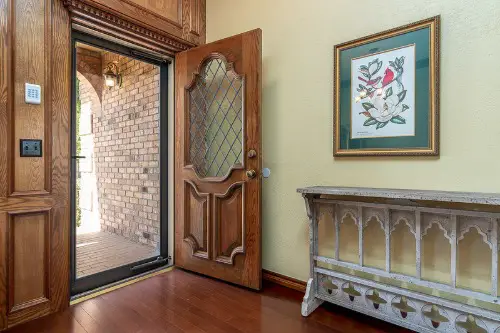
Swapping out hollow-core doors for solid ones is expensive, but painting your doors a bold color or adding trim can make even the cheapest ones feel special. A basic flat door can be transformed with applied molding strips and a fresh coat of paint. Suddenly, it’s giving “custom millwork” energy. Black, navy, or forest green doors are especially striking and upscale-looking.
The trick here is contrast—making the doors feel intentional. Even a cheap door feels elevated with a high-quality matte or satin finish. Changing the hardware to brass or matte black helps sell the illusion. It’s a weekend project that can change the whole feel of a hallway or room.
7. Cabinet Upgrades That Pretend to Be Custom
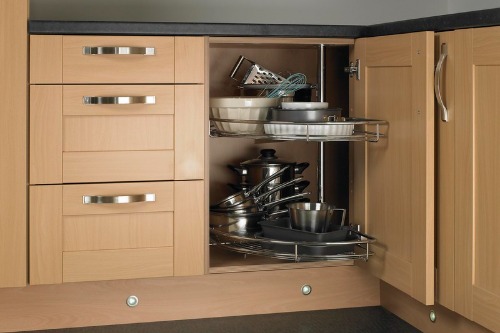
Instead of replacing kitchen cabinets, painting them and adding new hardware can mimic a full custom overhaul. Go for two-tone paint (like navy lowers and white uppers) to fake the high-end designer touch. Swapping in brass pulls, leather tabs, or even oversized knobs can elevate the look dramatically. Open shelving in place of a few upper cabinets also adds that curated, intentional feel.
To take it further, add under-cabinet lighting with stick-on LED strips. That glow reads “custom kitchen” at night, even if it’s all surface-level. These tricks are common in home-flipping and staging because they’re fast and persuasive. It’s all about where your eye goes—and what you assume based on small visual cues.
8. Statement Walls with Removable Wallpaper
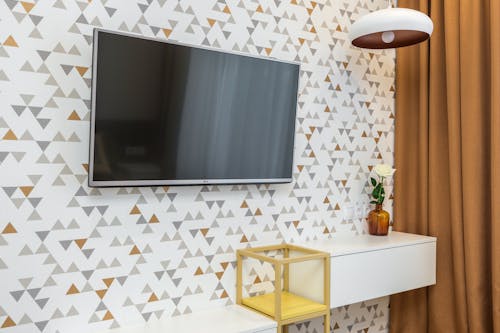
A bold, wallpapered accent wall looks like a designer stamped their approval—but peel-and-stick wallpaper makes it completely DIY. Modern removable wallpapers come in textured patterns, faux grasscloth, or even realistic murals. You don’t need professional installation or a long-term commitment. Just apply it slowly and carefully, smoothing out bubbles as you go.
This is perfect for renters or anyone who gets bored easily. The best part? People assume wallpaper equals expensive taste and custom planning. But really, it’s just a roll of adhesive paper and a bit of patience.
This post 8 Home Features That Look Custom—But Are Just Clever Illusions was first published on Greenhouse Black.
